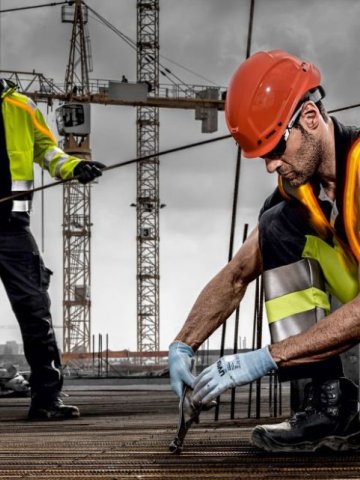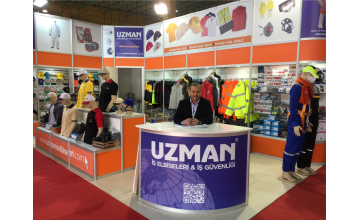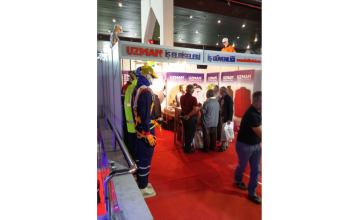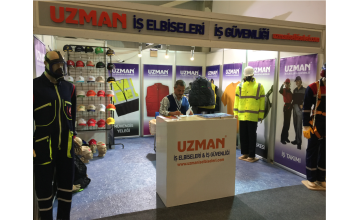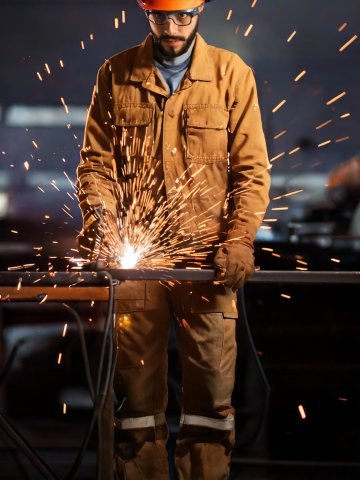
İş Güvenliğinde İş Elbiselerinin Önemi ve Seçim Rehberi
İş güvenliği, her sektörde çalışanların sağlığını ve yaşamını korumak için alınması gereken en önemli önlemlerden biridir. İş elbiseleri, bu sürecin temel yapı taşlarından biri olarak karşımıza çık…

















